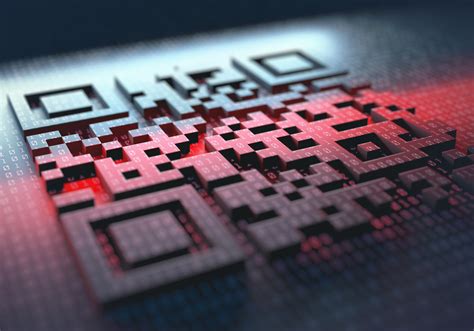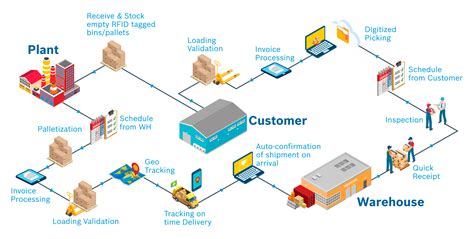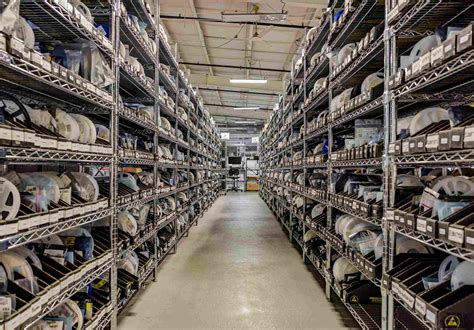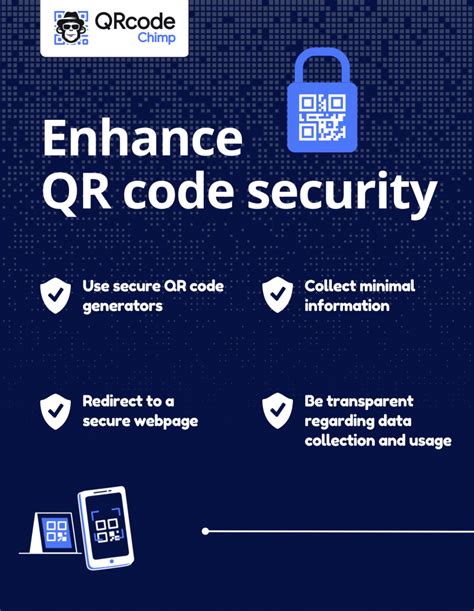How Do QR Codes Help Verify Products?
QR codes, short for Quick Response codes, have become increasingly popular in various industries, including retail, manufacturing, and logistics. They serve as a versatile tool for verifying products, enhancing traceability, and improving consumer trust. In this article, we will explore the various ways QR codes help verify products, addressing common questions and providing detailed insights.
1. What are QR Codes and How Do They Work?
QR codes are two-dimensional barcodes that can store a significant amount of information compared to traditional barcodes. They can hold data such as URLs, text, contact information, and more. The structure of a QR code consists of black squares arranged on a white grid, allowing for easy scanning by devices like smartphones.
The functioning of a QR code involves the following steps:
- A QR code is generated containing specific information.
- The code is printed on product packaging or displayed digitally.
- A consumer scans the code using a smartphone or a QR code reader.
- The device decodes the information and presents it to the user.
This technology enables quick access to product details, which is essential for verification processes.

2. How Do QR Codes Enhance Product Traceability?
Product traceability refers to the ability to track the journey of a product from its origin to the end consumer. QR codes significantly enhance traceability through the following mechanisms:
- Data Storage: QR codes can store extensive information about a product’s history, including its manufacturing location, batch number, and expiration date.
- Real-time Updates: Businesses can update QR codes with real-time information, allowing consumers to see the latest product status.
- Supply Chain Management: QR codes help companies monitor their supply chains efficiently, reducing the risk of counterfeit products.

3. Can QR Codes Help Prevent Counterfeiting?
Counterfeit products pose a significant risk to consumers and brands alike. QR codes play a crucial role in combating this issue:
By integrating QR codes into product packaging, companies can:
- Authenticate Products: Consumers can scan QR codes to verify the authenticity of a product before purchase.
- Access Product Information: QR codes can link to product websites or databases that confirm a product’s legitimacy.
- Provide Feedback Channels: Brands can use QR codes to gather feedback directly from consumers regarding product authenticity.

4. How Do Businesses Use QR Codes for Customer Engagement?
QR codes are not only useful for verification but also for enhancing customer engagement. Businesses can leverage QR codes in various ways:
- Interactive Experiences: QR codes can lead consumers to engaging content such as videos, product demos, or loyalty programs.
- Surveys and Feedback: Companies can encourage consumers to provide feedback through QR code surveys, improving product offerings.
- Exclusive Offers: Brands can use QR codes to provide exclusive discounts or promotions, enticing consumers to scan them.
5. Are QR Codes Secure for Product Verification?
Security is a significant concern when it comes to product verification using QR codes. However, when implemented correctly, QR codes can be secure:
- Encryption: Companies can encrypt the information contained within a QR code, making it difficult for unauthorized users to access.
- Linking to Secure Sites: QR codes can redirect users to secure websites for verification, enhancing safety.
- Regular Updates: Businesses should regularly update their QR codes to prevent exploitation.

6. What Industries Benefit Most from QR Codes?
Various industries have embraced QR codes for product verification, including:
- Retail: Retailers use QR codes to provide customers with product information and verification.
- Pharmaceuticals: QR codes help track medications, ensuring authenticity and compliance with regulations.
- Food and Beverage: QR codes allow consumers to trace the origin of food products, promoting transparency.
7. How to Create a QR Code for Product Verification?
Creating a QR code for product verification is a straightforward process. Here’s how to do it:
- Select a QR Code Generator: Use an online QR code generator that suits your needs.
- Input Information: Enter the data you want to encode, such as a URL or product details.
- Customize the Code: Many generators allow you to customize the design of the QR code.
- Download and Use: Once generated, download the QR code and print it on your product packaging.
8. What are the Limitations of Using QR Codes?
While QR codes offer numerous benefits, there are limitations to consider:
- Dependence on Technology: Scanning QR codes requires a smartphone or compatible device.
- Data Privacy: Users must be cautious about the data they share when scanning QR codes.
- Design Considerations: QR codes need to be designed carefully to ensure they are scannable.
9. How Can Consumers Ensure They Are Scanning Legitimate QR Codes?
Consumers play a crucial role in verifying products using QR codes. Here are some tips to ensure they are scanning legitimate codes:
- Check the Packaging: Always verify that the QR code is on official packaging and not added later.
- Use Trusted Apps: Use reputable apps to scan QR codes, as they are less likely to lead to phishing sites.
- Look for Additional Security Features: Some products may include holograms or other security features along with QR codes.
10. What Future Trends Can We Expect for QR Codes?
As technology continues to evolve, QR codes are expected to advance as well. Future trends may include:
- Integration with Blockchain: Combining QR codes with blockchain technology for enhanced security and transparency.
- Augmented Reality: QR codes could be linked to AR experiences, providing interactive product information.
- Increased Use in Marketing: Brands may use QR codes more creatively in advertising and promotions.
Summary Table
| Question | Summary |
|---|---|
| What are QR Codes and How Do They Work? | Overview of QR codes and their scanning process. |
| How Do QR Codes Enhance Product Traceability? | Mechanisms that improve product traceability. |
| Can QR Codes Help Prevent Counterfeiting? | Role of QR codes in product authentication. |
| How Do Businesses Use QR Codes for Customer Engagement? | Methods of enhancing customer interaction. |
| Are QR Codes Secure for Product Verification? | Security measures for using QR codes. |
| What Industries Benefit Most from QR Codes? | Industries that leverage QR codes. |
| How to Create a QR Code for Product Verification? | Steps to generate a QR code. |
| What are the Limitations of Using QR Codes? | Drawbacks of QR code usage. |
| How Can Consumers Ensure They Are Scanning Legitimate QR Codes? | Tips for consumers on scanning. |
| What Future Trends Can We Expect for QR Codes? | Anticipated advancements in QR code technology. |
Frequently Asked Questions (FAQ)
1. What are QR codes used for in product verification?
QR codes are used to provide instant access to product information, verify authenticity, and enhance traceability.
2. How secure are QR codes?
QR codes can be secure if encrypted and linked to secure websites, though users should exercise caution when scanning.
3. Can QR codes be used in all industries?
Yes, QR codes can be utilized in various industries, including retail, pharmaceuticals, and food and beverage.
4. How do consumers verify products using QR codes?
Consumers verify products by scanning the QR codes and accessing the linked information regarding the product.
5. What challenges do QR codes face in product verification?
Challenges include technological dependence, data privacy concerns, and the need for careful design to ensure scannability.
6. How can businesses ensure their QR codes are effective?
Businesses should use reliable QR code generators, ensure encryption, and regularly update the information linked to the codes.
7. What are the future possibilities for QR codes in product verification?
Future possibilities include integration with blockchain technology and augmented reality experiences to enhance product engagement.


